The kick drum serves as the heartbeat of many tracks, laying down the foundational pulse that drives the rhythm forward. Its depth, punch, and clarity can make or break a mix. But how do we ensure that our kick drum fits seamlessly into our chosen genre? The answer lies in effective EQing. This guide will navigate the ins and outs of EQing a kick drum, helping you adapt its sound to various musical styles.
The Basics of EQing a Kick Drum
Understanding the frequency spectrum of the kick drum is crucial to EQ it effectively. Here are its primary sonic components:
Thump, Body, and Click
- Thump: The low-end punch of the kick, typically found between 40Hz to 100Hz. It's what you feel in your chest at a live concert.
- Body: This midrange element gives the kick its character and warmth, usually residing between 150-400Hz.
- Click: This is the beater's impact on the drum head, giving the kick its attack. It can be found in the higher frequencies, often between 2kHz to 5kHz.
📸 : MusicGuyMixing.com
Differences in EQing Kick Drum vs. Other Drums
The kick drum, with its deep resonance and vital role in establishing rhythm, poses unique challenges and considerations when it comes to EQ:
Distinct Sonic Footprint
- Depth: Unlike the snappy brightness of snares or the resonance of toms, the kick drum typically operates in the lower end of the frequency spectrum, making it foundational for a mix.
- Presence: While other drums add flair and rhythm, the kick drum is often the backbone, demanding a presence that isn't overpowering but is distinctly felt.
EQ Approach Differences
- Avoiding Muddiness: Given the low-frequency range of the kick, it's vital to carve out space to avoid muddying the mix.
- Moving with Bass: Since both the kick and bass instruments occupy the lower frequency ranges, ensuring they don't clash is crucial.
Approaches to EQing a Kick Drum Across Genres
The ideal kick sound varies widely across genres, and understanding these nuances can transform your mix:
Rock and Pop
In Rock and Pop, the kick needs to punch but not overpower:
- Solid Thump: A boost around 60Hz to 80Hz can accentuate the kick's natural punch.
- Clear Attack: Ensuring the beater's sound is clear, a gentle boost around 3kHz can help.
Hip-Hop and R&B
These genres often spotlight a more pronounced and deep kick:
- Deep Resonance: Emphasizing frequencies around 50Hz can give the kick that deep, room-filling presence.
- Balancing Body: A slight reduction in the 200Hz to 250Hz range can prevent the kick from sounding too boxy.
Jazz and Acoustic
In genres where natural instrument sounds are paramount, the kick drum should be subtle and authentic:
- Soft Presence: Instead of aggressive boosts, a gentle shaping in the 70Hz to 100Hz range can maintain a natural and resonant kick.
- Avoiding Overpowering Click: Taming the higher frequencies, specifically around 3kHz, ensures the beater's sound isn't too dominant in these softer genres.
Electronic and EDM
Electronic genres often have synthesized and layered kicks that demand attention:
- Sub-Bass Importance: In genres like EDM, where the kick needs to dominate the club's sound system, a boost in the very low end, around 40Hz, can be beneficial.
- Cutting Through the Mix: To ensure the kick isn't lost in dense synth layers, accentuating the click around 4kHz can help it stand out.
General EQ Tips for a Powerful Kick Sound
Regardless of your genre of choice, here are some broad principles to keep your kick drum sounding its best:
- Addressing Muddiness: The 250Hz to 400Hz range is a common culprit for muddiness. Cutting a bit here can clear up your kick sound.
- Carve Room for Bass: Use EQ to carve a space for both the kick and bass, ensuring they don't step on each other's toes. This might involve cutting a frequency range in the bass that you've boosted in the kick, or vice versa.
- The Value of Sidechain Compression: While not directly an EQ technique, using sidechain compression (where the kick triggers compression on another instrument, like a bass) can help the kick cut through a mix, particularly in electronic genres.
Conclusion
The kick drum, often referred to as the heartbeat of a track, is undeniably foundational in defining the rhythmic and sonic landscape of a song. Properly EQing it to suit the genre can drastically elevate the overall feel and quality of your mix. As with all elements of music production, while guidelines and recommendations provide a solid starting point, the true magic often lies in experimentation.
Dive into your mixes, try different EQ settings, and always be attentive to the overall context. A well-shaped kick drum not only supports but elevates all other elements, ensuring that the heartbeat of your track resonates powerfully and authentically with your listeners.

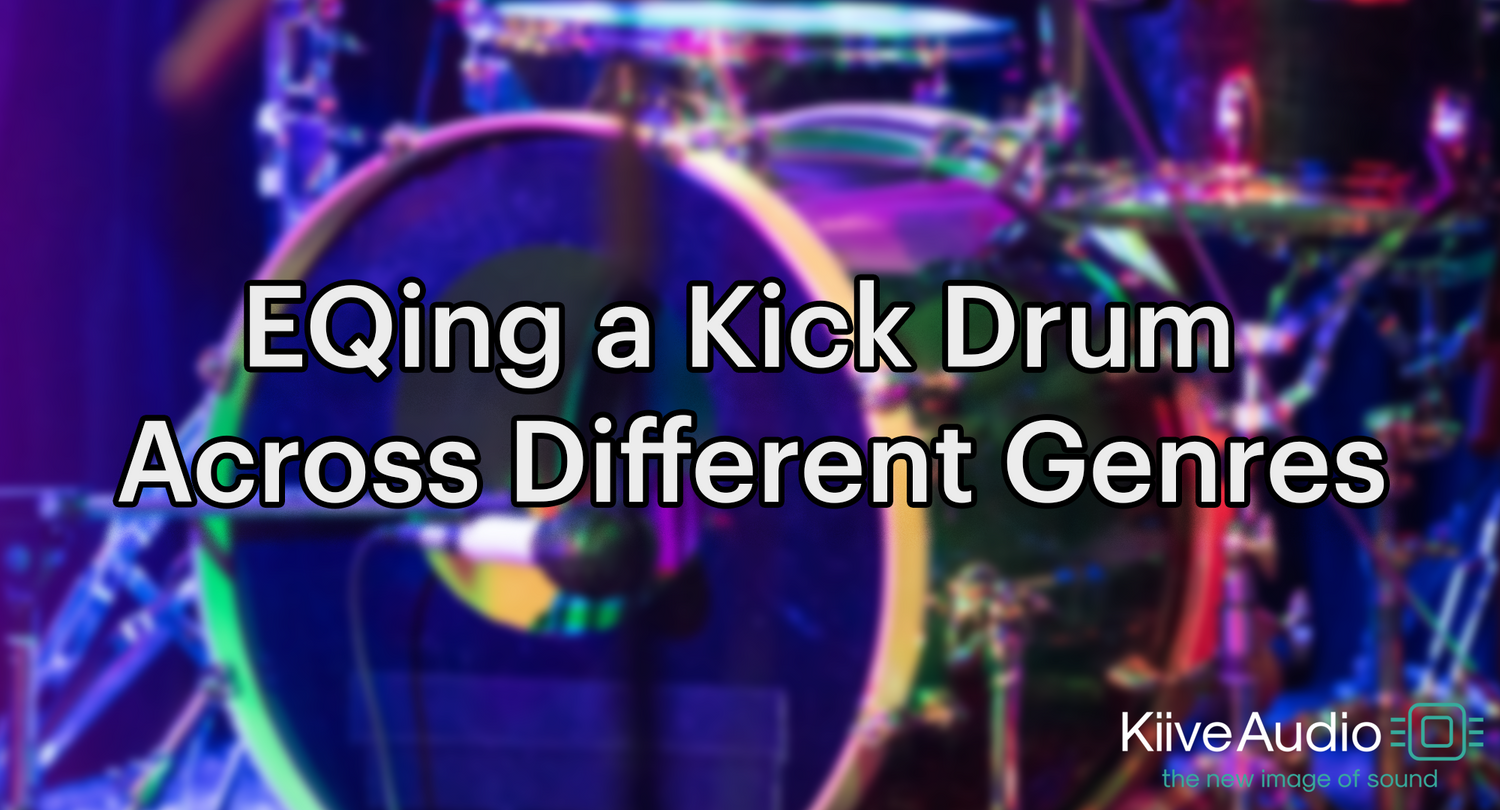


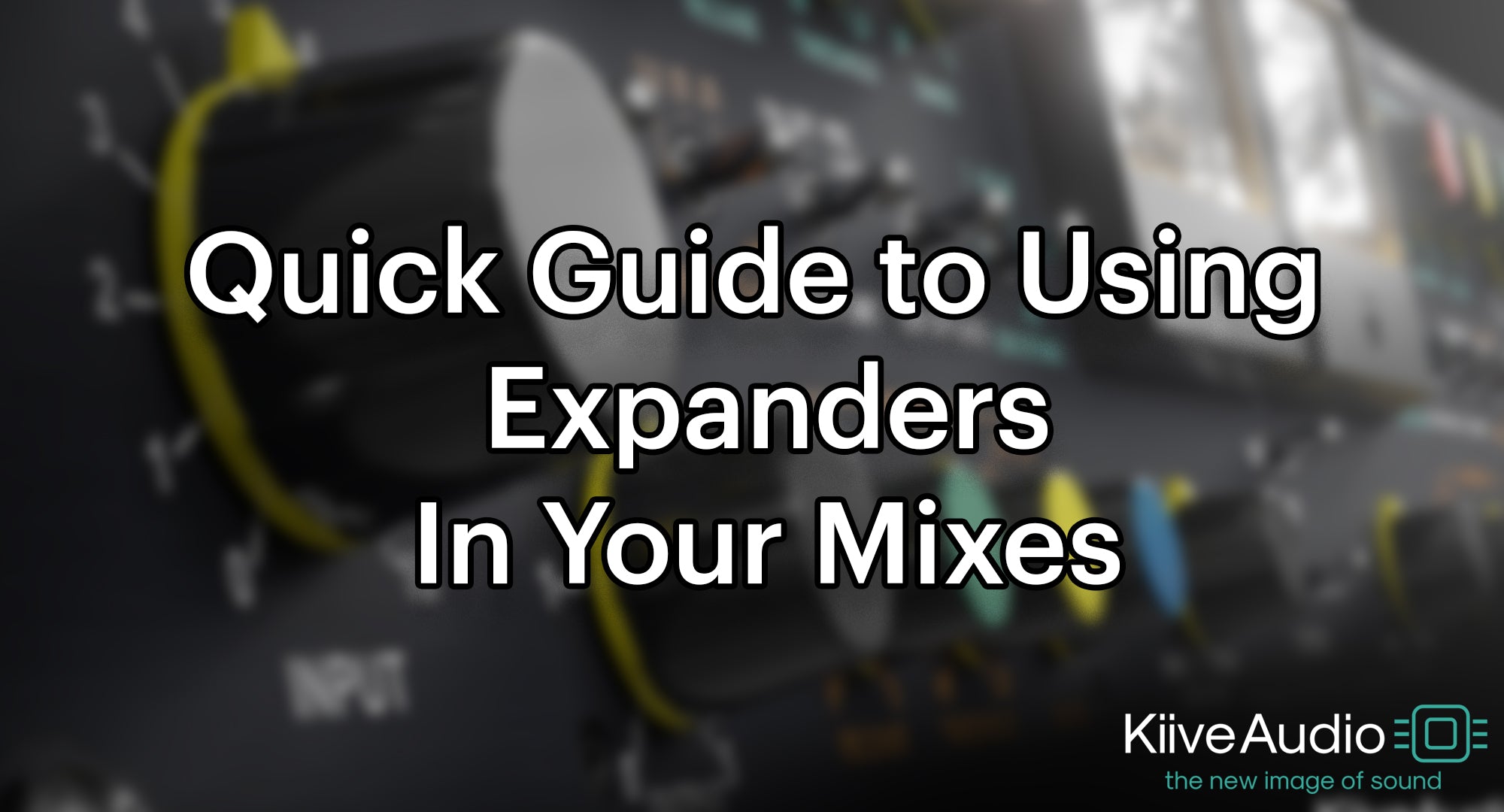
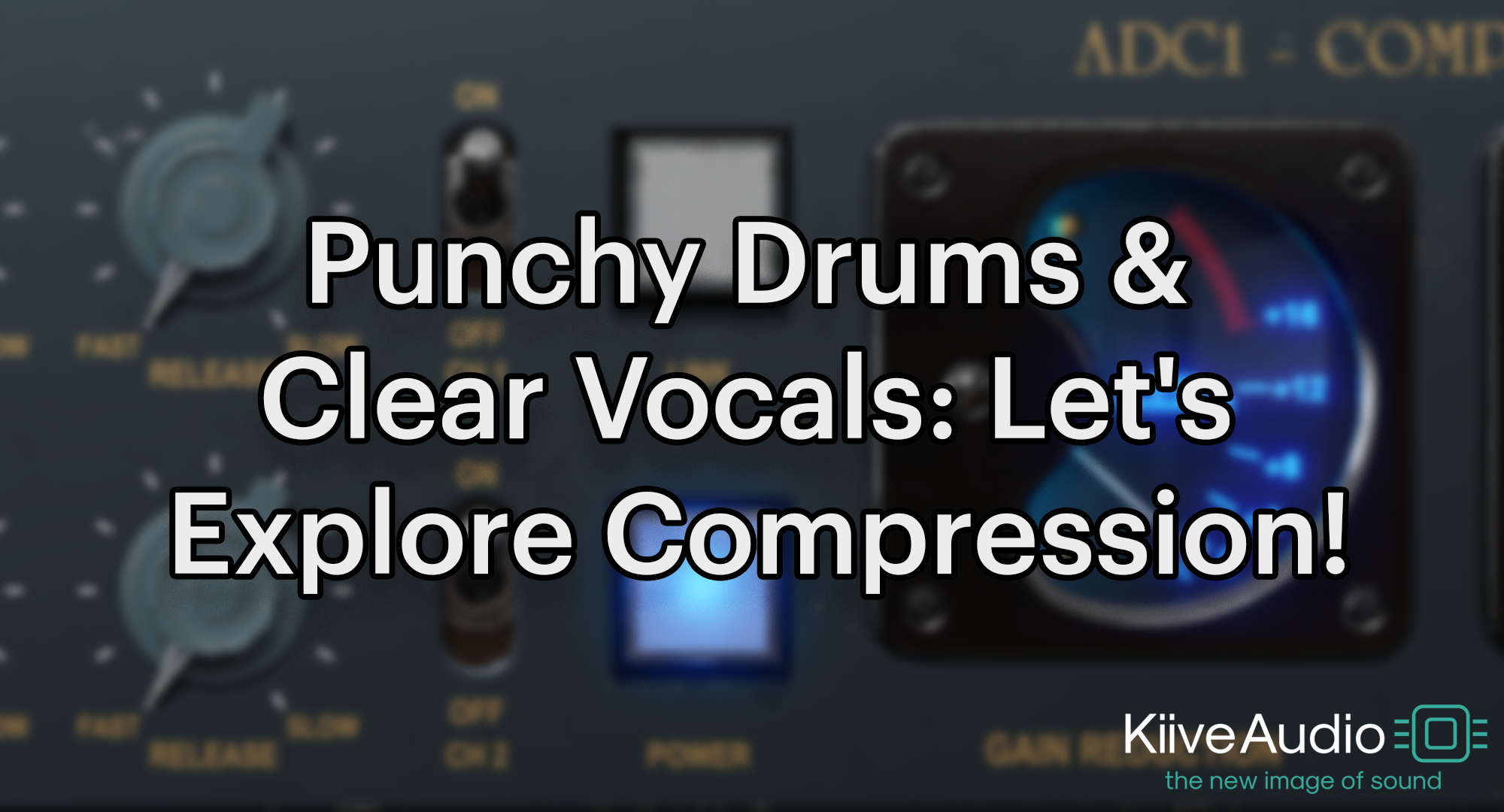
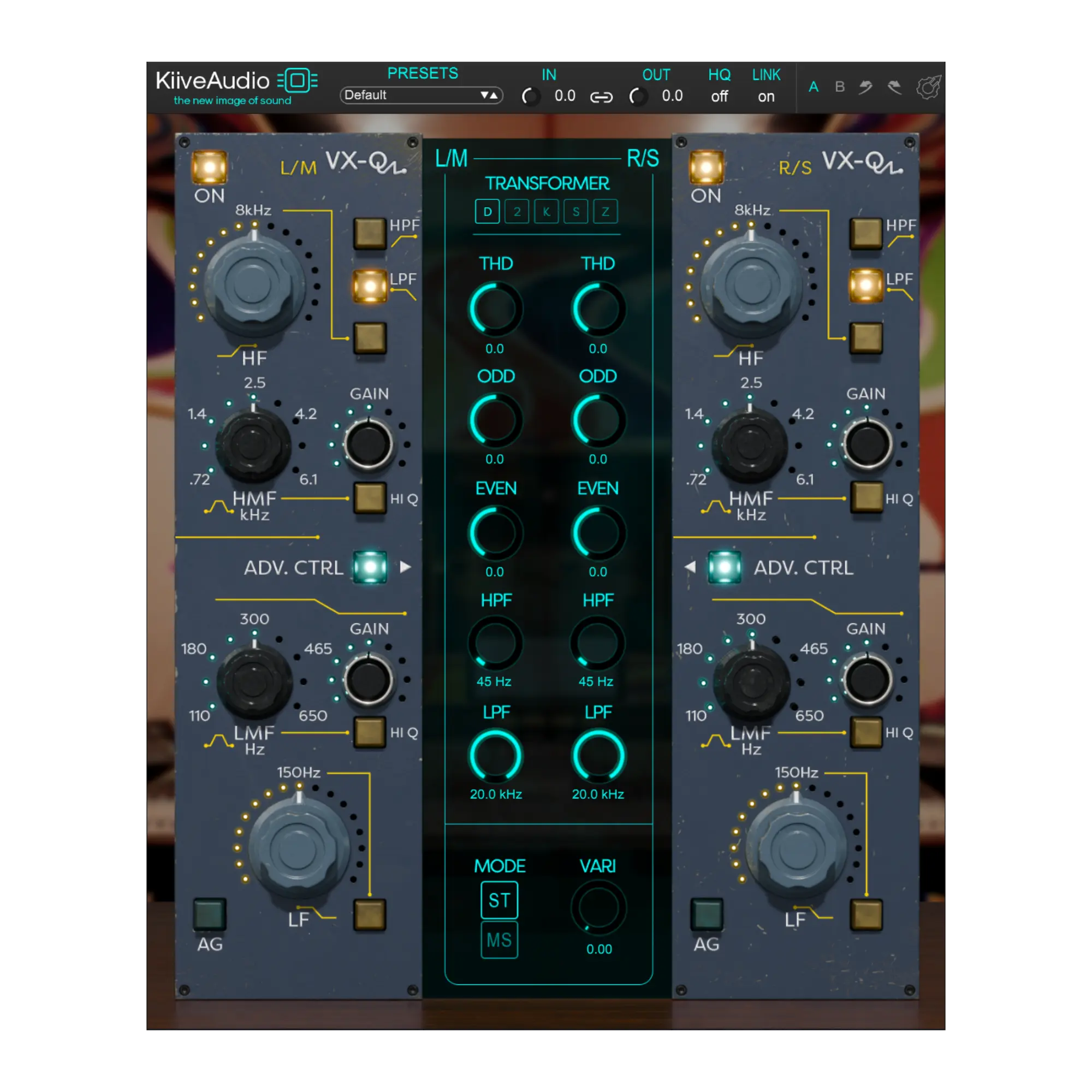
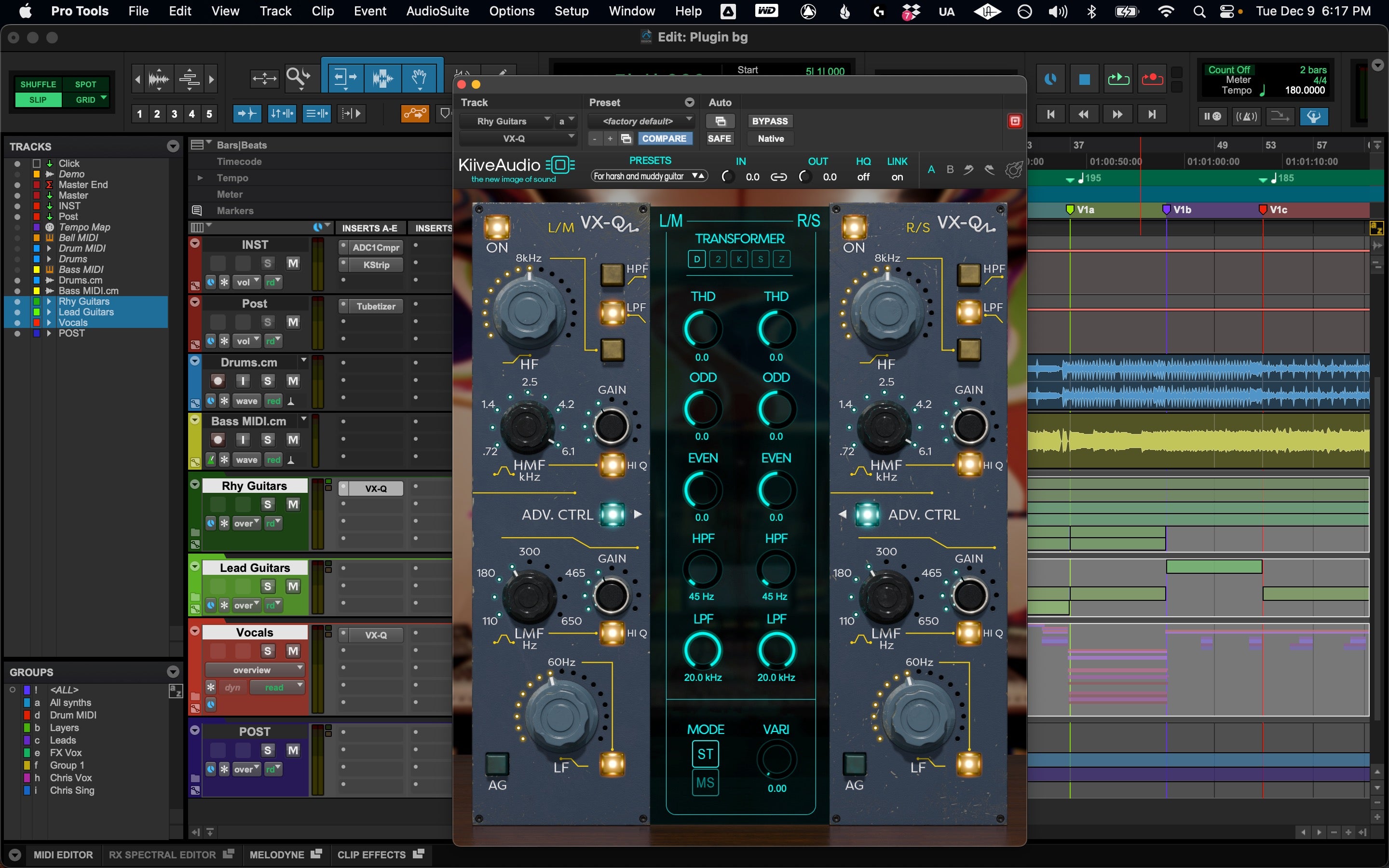



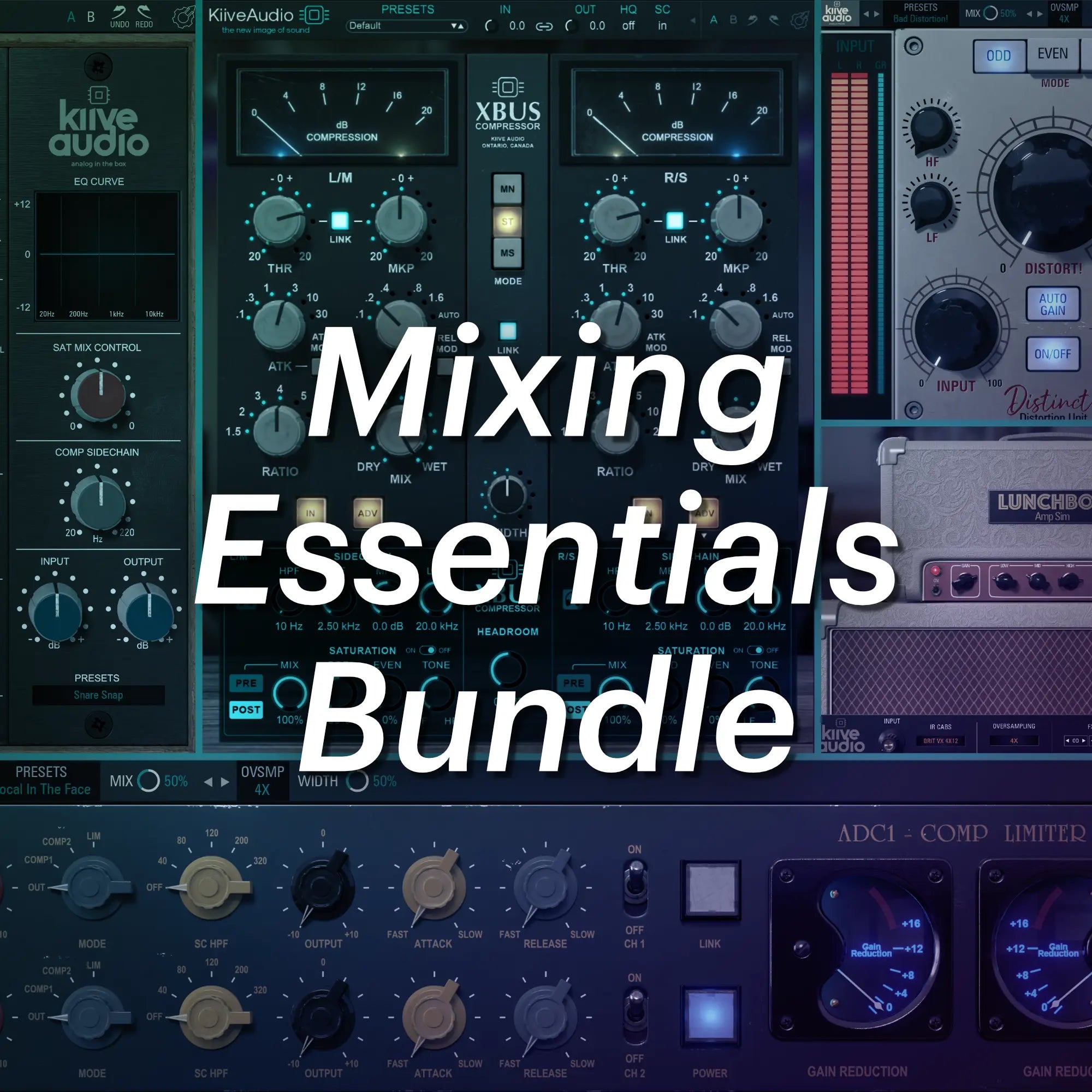
Leave a comment
All comments are moderated before being published.
This site is protected by hCaptcha and the hCaptcha Privacy Policy and Terms of Service apply.